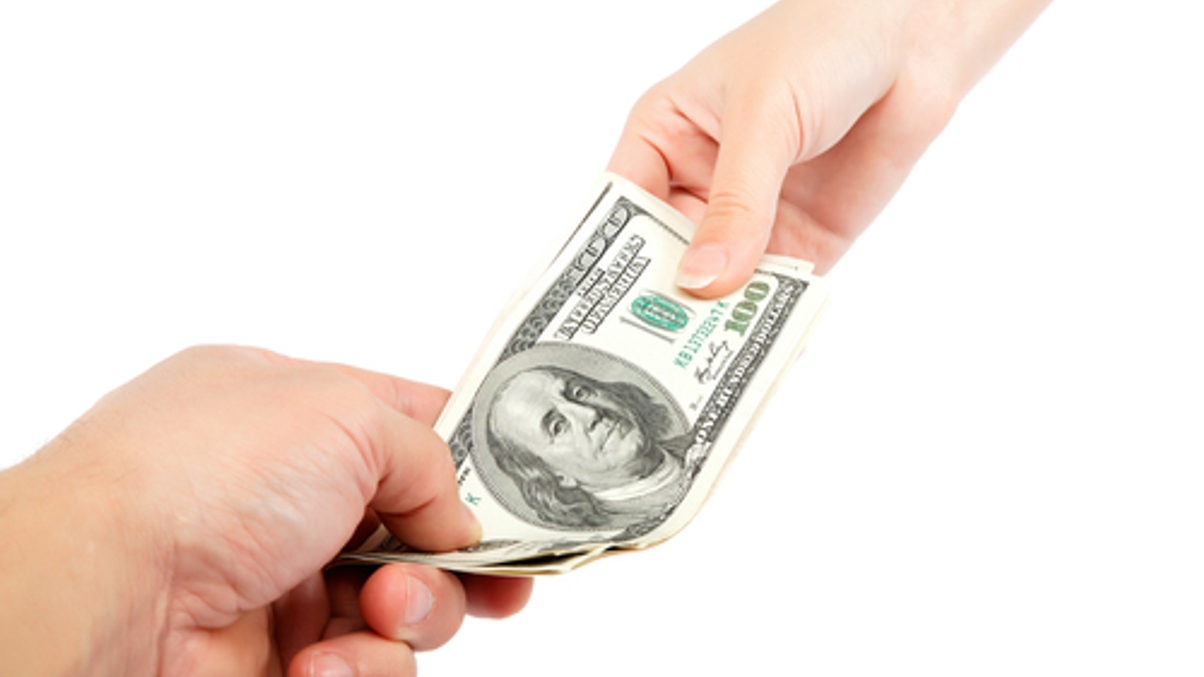Share buybacks soar in Asia but investors flag worries
Companies can push up their stock prices and indicate strong financial heath by buying back shares, but they need to do so at the right time and for the right reasons, say experts.

Asia's share of share buybacks globally has risen fast in recent months, a development that some investors have welcomed, although others have warned of issues raised by such transactions.
Sign in to read on!
Registered users get 2 free articles in 30 days.
Subscribers have full unlimited access to AsianInvestor
Not signed up? New users get 2 free articles per month, plus a 7-day unlimited free trial.
¬ Haymarket Media Limited. All rights reserved.


